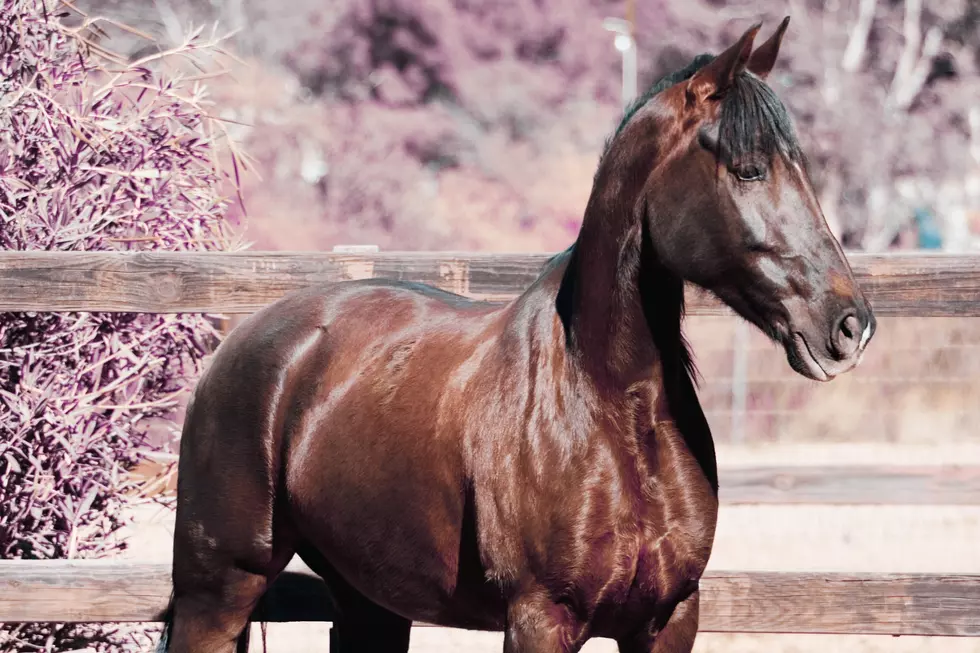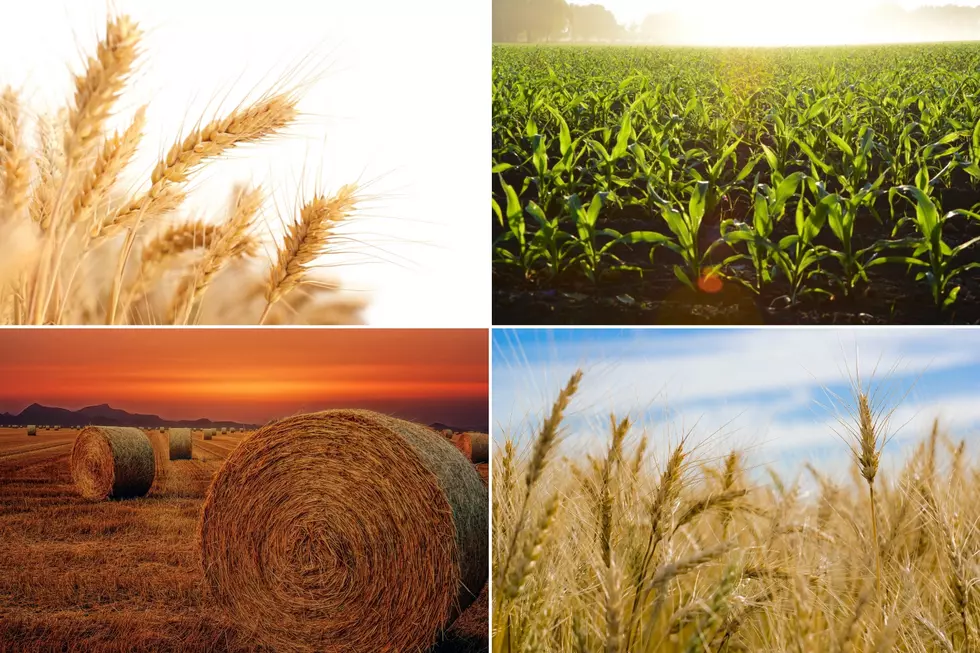
Cow-Calf Operations Vary in Adopting Rotational Grazing
Rotational grazing is a frequently discussed livestock management practice with a wide variety of public and private benefits. Little information has been available on the adoption rate of rotational grazing, so the Economic Research Service at USDA issued a report on the subject.
Data shows that 40% of cow-calf operations report using rotational grazing. However, just 40% of that number use intensive rotational grazing. Operations that retain the majority of their calves through the initial feeder stage for later sale to feedlots are the most likely to adopt intensive rotational grazing. Rotational grazing operations are more likely than continuous grazing operations to participate in the Environmental Quality Incentives Program and Conservation Stewardship Program.
ERS says that rotational grazing is more common in the Northern Plains, Western Corn Belt, and Appalachian regions, where about one-half of those operations use the practice. Most grazing systems are simple, with five or fewer paddocks.
If you have a story idea for the PNW Ag Network, call (509) 547-9791, or e-mail glenn.vaagen@townsquaremedia.com
More From PNW Ag Network









